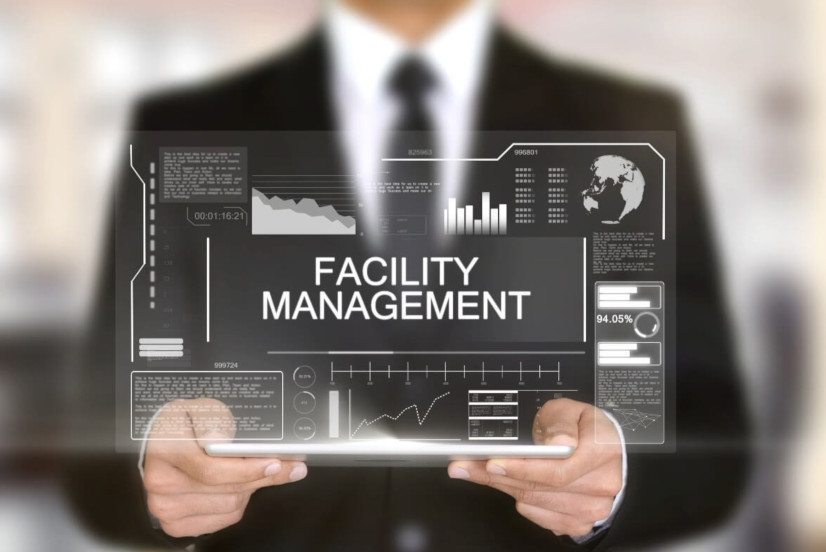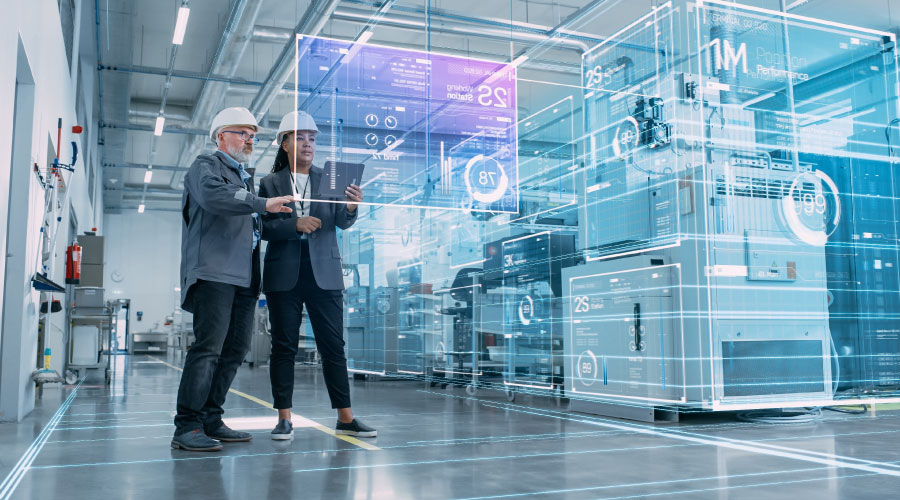The Important Guide to Center Monitoring: Methods for Success
Center management plays an essential role in the general success of a company, serving as the backbone that supports efficiency, safety, and efficiency. The nuances of effective facility administration prolong past mere logistics and need a detailed understanding of both qualitative and measurable metrics.
Recognizing Center Management
What constitutes effective facility management? Reliable facility management incorporates the sychronisation of different organizational functions to make certain that constructed atmospheres are risk-free, effective, and for efficiency. It integrates the principles of engineering, design, and company administration to produce a seamless functional circulation within an organization.
Trick aspects of center monitoring consist of space planning, maintenance management, and compliance with health and safety guidelines. Room planning focuses on optimizing using physical sources to sustain business objectives, while upkeep administration makes certain that centers are maintained in optimum problem, optimizing life-span and lowering functional prices. Conformity with lawful and regulatory criteria is crucial, as it safeguards the company versus possible responsibilities and boosts its online reputation.
Furthermore, reliable center monitoring counts on the calculated use technology, such as Structure Monitoring Equipment (BMS) and Computer-Aided Center Administration (CAFM) tools. These innovations help with real-time monitoring of structure systems and simplify upkeep processes (Facility Management). Ultimately, a comprehensive strategy to center management not only advertises functional efficiency yet additionally promotes a positive setting for site visitors and workers alike, driving general organizational success

Key Techniques for Optimization
Maximizing facility administration calls for a strategic technique that aligns operational exercise with business objectives. To accomplish this, the initial vital technique is the application of incorporated technical solutions. Using innovative software program systems enables real-time tracking of center procedures, promoting data-driven decision-making and improving overall effectiveness.
Secondly, routine analyses of center performance are important. Performing routine inspections and audits allows center supervisors to identify areas that need enhancement, making sure that sources are designated successfully. This aggressive strategy aids in decreasing downtime and boosting solution distribution.
An additional essential strategy is cultivating cooperation throughout divisions. By motivating open communication between teams, center supervisors can much better align their techniques with company objectives, bring about boosted functional synergy. Additionally, involving team in training programs promotes a culture of accountability and boosts their capacity to add to optimization efforts.
Enhancing Safety Methods
Reinforcing security protocols is essential for developing a safe atmosphere within facilities. A thorough security protocol not just secures employees and site visitors yet likewise boosts functional efficiency. Facility Management. To achieve this, center supervisors have to perform routine threat analyses to determine potential threats and guarantee that appropriate procedures are in area

Additionally, clear communication channels must be established to report safety concerns promptly. This includes creating an available platform for employees to articulate possible threats or cases without concern of . Leveraging technology can boost safety and security actions; for example, executing surveillance systems and accessibility controls assists keep an eye on facility activities and limit unauthorized entry.
Last but not least, conformity with regional regulations and sector requirements is non-negotiable. Regular audits and testimonials of security procedures guarantee alignment with present laws and ideal methods. By focusing on these methods, read this post here facility supervisors can cultivate a society of safety that shields all stakeholders and eventually contributes to the organization's success.
Improving Office Atmosphere
A favorable workplace setting substantially boosts worker spirits and productivity, making it a critical focus for center administration. To develop such an environment, center supervisors ought to focus on several crucial elements, including comfort designs, visual appeals, and staff member interaction.
Ergonomic considerations are vital to lessen physical strain i was reading this and discomfort. This includes giving adjustable furniture, appropriate lights, and adequate area for motion. These adjustments can result in reduced absence and increased task satisfaction.
Appearances play a vital duty in forming the workplace environment. Making use of shade psychology, natural lighting, and plant can promote a welcoming and promoting setting. Thoughtfully created spaces can enhance creativity and boost overall well-being.
Moreover, motivating employee engagement through inclusive decision-making processes can boost the feeling of possession and belonging. Gathering responses on workplace renovations and involving staff members in the layout process can bring about an extra tailored environment that satisfies their demands.
Lastly, advertising well-being initiatives, such as wellness programs and leisure rooms, can further add to a helpful work environment culture. By concentrating on these strategies, facility managers can more tips here efficiently enhance the office atmosphere, driving both employee contentment and business success.
Measuring Success in Facilities
Gauging success in center management needs a thorough method that evaluates both measurable and qualitative metrics. Measurable metrics generally consist of key performance indicators (KPIs) such as area utilization rates, energy intake, maintenance expenses, and tenancy degrees. These metrics supply a clear picture of operational efficiency and economic efficiency, permitting center managers to determine locations for improvement and standard against industry requirements.
Qualitative metrics, on the other hand, concentrate on customer contentment and employee interaction. Studies and feedback devices can determine how well the centers meet the needs of owners, assisting to analyze the general workplace atmosphere. This facet is critical, as a pleased workforce is usually linked to raised performance and retention prices.
To effectively measure success, center managers need to additionally think about incorporating modern technology, such as constructing management systems and data analytics devices, to gather and evaluate pertinent information. On a regular basis reviewing both sets of metrics enables a much more well balanced sight of efficiency and educates tactical decisions. Ultimately, a successful facility administration method pivots on a dedication to continual renovation, ensuring that both operational efficiencies and user complete satisfaction are focused on.

Verdict
In verdict, efficient facility monitoring is vital for enhancing business performance. By implementing incorporated technological remedies, carrying out regular assessments, and fostering collaboration throughout departments, companies can achieve ideal resource allocation and operational effectiveness. Prioritizing safety and security protocols and boosting work environment settings even more add to boosted staff member fulfillment. Determining success with both measurable and qualitative metrics enables for continual improvement, ultimately leading to minimized operational expenses and an extra productive organizational environment.
Facility administration plays a critical role in the overall success of an organization, serving as the backbone that supports safety, efficiency, and productivity.Trick elements of facility monitoring consist of area planning, maintenance administration, and compliance with health and safety and security laws.Furthermore, efficient facility administration relies on the calculated use of innovation, such as Structure Monitoring Solution (BMS) and Computer-Aided Center Administration (CAFM) tools. Eventually, an extensive method to center monitoring not just advertises functional effectiveness but additionally cultivates a favorable setting for employees and visitors alike, driving general business success.
Ultimately, an effective center administration approach hinges on a dedication to continuous enhancement, ensuring that both operational efficiencies and individual satisfaction are focused on.